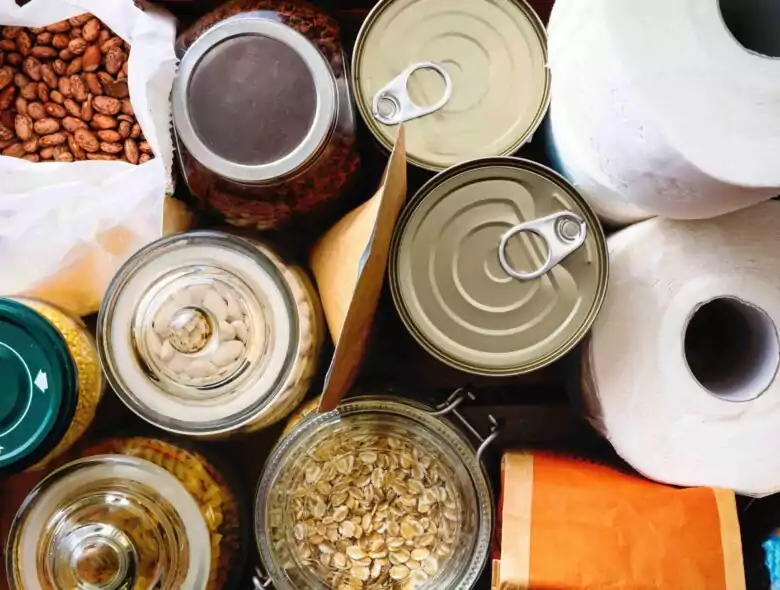In pop culture, Japan may be internationally known for its unique gadgets – think toilets with too many button functions -, anime, and having enviably punctual trains; but what people don’t often associate Japan with are natural disasters.
A disaster-prone country owing to its climate, topography, and unfortunate geographical location on the Pacific Ring of Fire, Japan is no stranger to Mother Nature’s wrath. Throughout the year, the country can experience a dizzying myriad of natural events including but not limited to earthquakes, volcanic eruptions, landslides, mudslides, floods, tsunamis, and typhoons. The country currently holds the unenviable title of Most Earthquake Prone Country on Earth, experiencing an average of 1,500 to 2,000 earthquakes annually; and is home to 10% of the world’s active volcanoes.
Certain parts of the island are more susceptible to natural disasters than others – Japan’s northeastern prefectures are more likely to be shaken up by earthquakes; while Hokkaido, Kyushu, and Okinawa are more vulnerable to typhoons and flooding.
With the country’s proclivity to dangers of a natural kind, being prepared for an emergency becomes part and parcel of living in Japan; and one thing all people need in the event of a disaster is food and water.
What To Eat During an Emergency
According to the World Health Organization (WHO), the general recommended daily calorie intake for women is 2,000 calories while men need around 2,500 calories. However, during a disaster or emergency, people tend to expend more energy and so it’s necessary to stock up on foods high in calories and protein. Nutrients, vitamins, and fiber-focused foods should also be taken into consideration to maintain a semblance of a normal diet and to regulate your digestive system.
Bottles of Water
Water is the number one thing you should definitely stock up on in your apartment. Water is life and science has proven this – while an individual can go weeks without food, one can only go 2 to 4 days without water. Therefore, it’s essential to kit out your emergency bag with at least a 3-day supply of water with one gallon assigned to one person (half for drinking and the other half for cooking/making food, sterilization, and sanitation).
Water can be purchased in bottles or bags depending on preference and one might want to consider purchasing water with added essential minerals and electrolytes to keep the body hydrated, especially during the hot, humid summer months.
In addition to water, sports and energy drinks should also be stockpiled in case of an emergency. They not only help to replenish your body’s fluids but provide an energy boost as well.
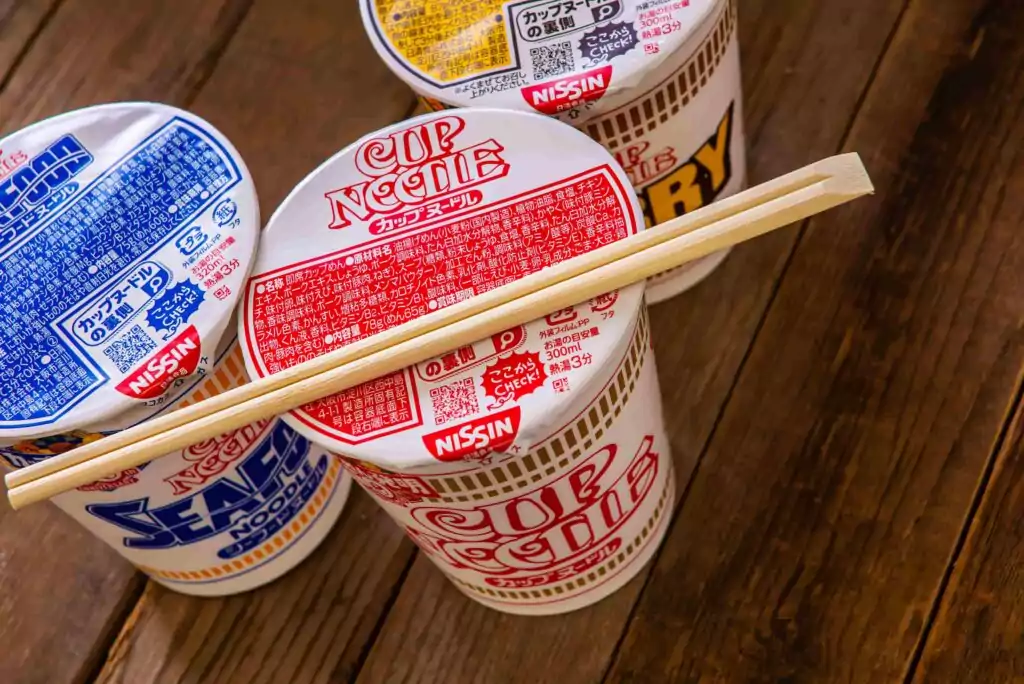
Instant Food
Luckily for those living in Japan, there is no shortage of instant foods. After all, this is the country that gave the world instant cup noodles. However, aside from these, you have a wide array of options ranging from instant rice packs, and pouched rice porridge to soups, stews, jerky, etc. to add to your emergency kit.
There is also the option of vacuum-sealed meals, equivalent to the American military’s MREs, which provide a whole, somewhat balanced meal but these require access to water and a heat source.
Spreads
Nut-based spreads like peanut butter not only have a long shelf life but are loaded with protein and healthy fats, which provide the body with calories and energy. Spreads are also versatile food that can be used and eaten in different ways for variety.
Nuts, Grains, and Cereals
Nuts, grains, and cereals are high-energy foods that are easy to eat on the go and add texture and flavor to your diet. They are also high in fiber and protein to help balance out your diet and can be bought in individual packs or vacuum-sealed containers to prolong their freshness.
Energy Bars
In Japan, products such as Calorie Mate and SoyJoy are great snacks to stash in your emergency kit because they are a fantastic course of carbohydrates, which supplies the body with energy. You can also stockpile granola bars and protein bars, which have a shelf life of up to a year or more.
Saltines and Cookies
Saltines or salted crackers make for a great pick-me-up and can be paired with peanut butter or another long-life spread. They also make for a good alternative to bread and can be used to make sandwiches. Saltines have a good fiber content to help regulate bowel movements, settle upset stomachs, and stave off hunger until your next meal.
Similarly, cookies are a great high-energy snack that’s easy to eat on the good. They also come in different flavors so this can add some sweetness and variety to your emergency food diet.
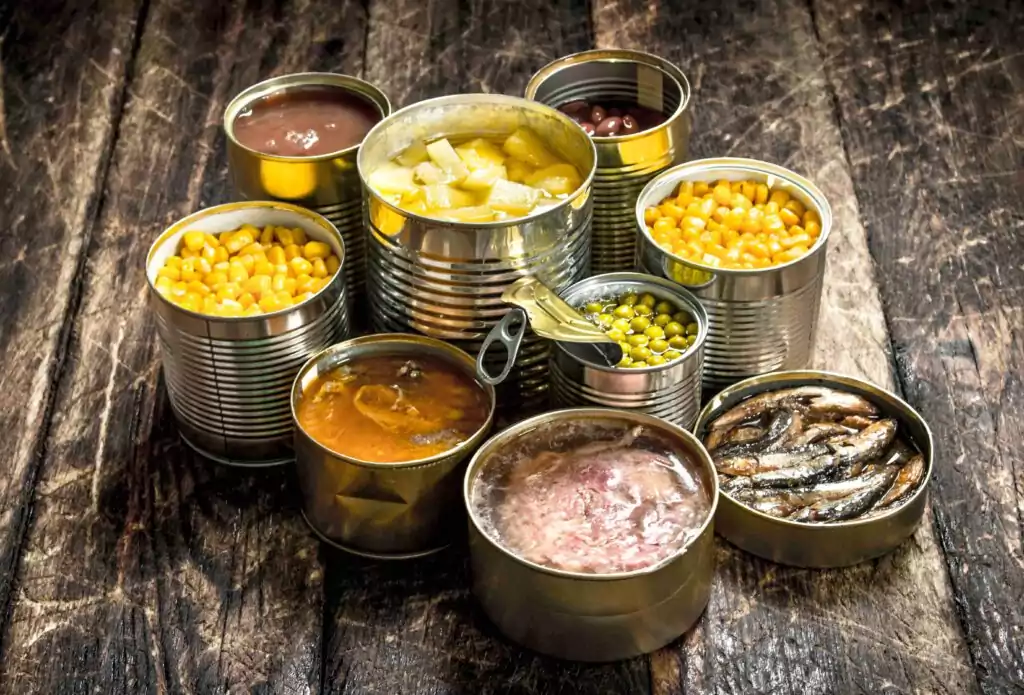
Canned Food
A must-have for all emergency food kits, canned foods have been the go-to product to stock up on in the event of an emergency. Why? Well, they have a long shelf life so you can buy in bulk and keep them in storage for a long time though it’s wise to check the expiry dates every 6 to 12 months to ensure everything is still fresh and edible. As a precaution, keep a can opener with your stockpile of canned goods so you can actually open them for consumption.
Canned meat – protein is good in an emergency and provides the body with energy. Keeping tins of tuna, chicken, and SPAM can be helpful when living in a natural disaster-prone country like Japan as these products have a shelf life of 2 to 3 years. Alternatively, you can buy vacuum-packed meat pouches if you’re looking for a lighter emergency kit option, but these generally have a shorter expiration date.
Canned vegetables – fiber is also a necessary part of one’s diet and canned vegetables can provide people with essential nutrients, vitamins, minerals, and fiber when fresh vegetables are not an option.
Canned soup, broth, and stews – these products can be eaten straight out of the can, which, though seemingly unappealing to some, can be helpful if you find yourself in a situation with no options to heat up food. They also can contain meat and vegetables, which provides you with a somewhat balanced meal. Alternatively, pouched soup and stews can also be bought to save space and weight but again, they have a shorter shelf life.
Seasonings
A pinch of pepper and salt can make all the difference between a bland unappetizing meal and a palatable one. Keeping packets of salt, pepper, and sugar in your emergency food kit can help improve and enhance the flavors of your other food products during an emergency.
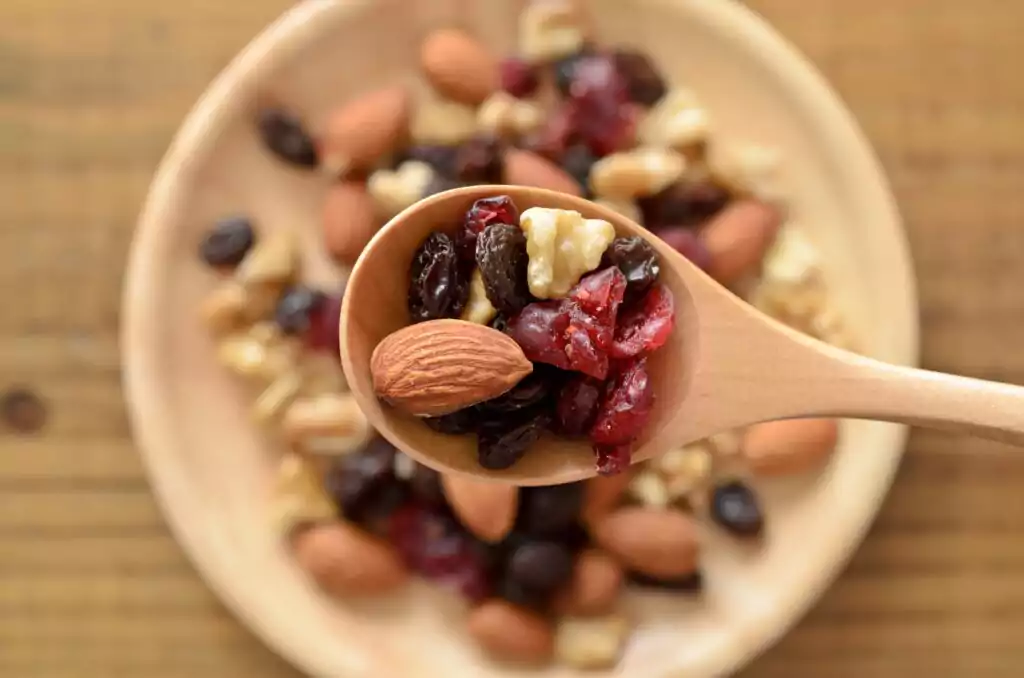
Dried Fruit
Dried fruit such as dried apricots, mangoes, and raisins help provide the body with essential vitamins, minerals, and fiber to help regulate the digestive system and bowel movements. They are also a naturally sweet treat and provide energy and necessary calories.
Multivitamins
Having some emergency supplements and multivitamins on hand can help make up for the lack of nutrients during a restricted or limited diet because of a disaster or emergency situation. Many supplements and multivitamins also have a long shelf life, which makes them great accompaniments to any emergency kit.
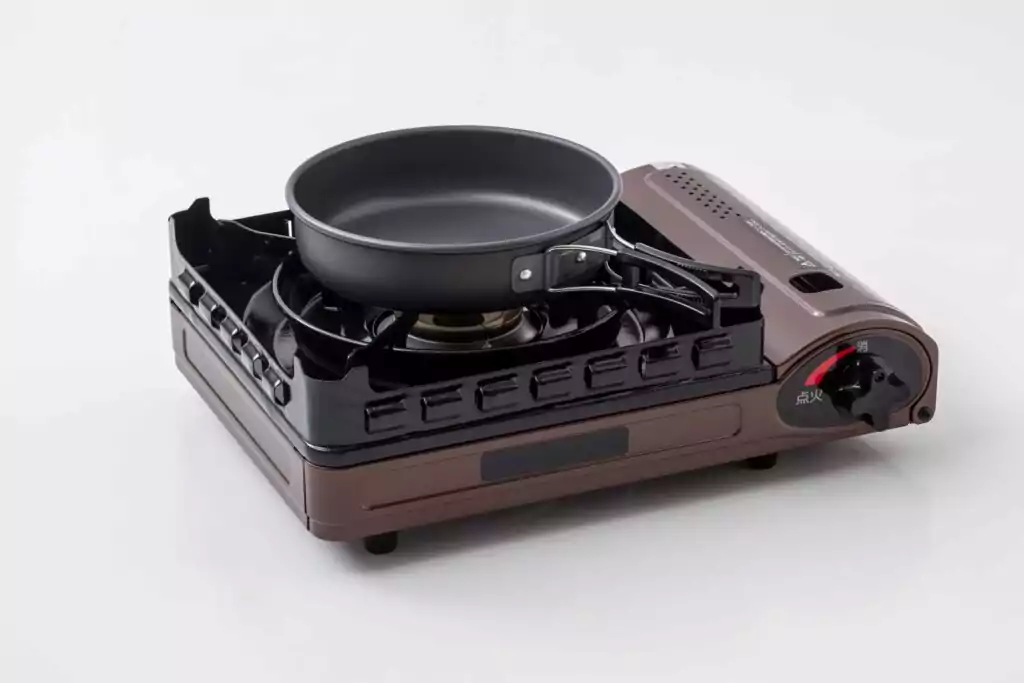
Camping Stove
To ensure you can actually eat the food in your emergency kit, stashing a portable camping stove with the food products is highly advantageous because while a sandwich or handful of nuts can keep you going, there’s nothing quite like having a hot meal to fill the stomach and warm the soul. Having a portable, compact camping stove that is safe to use indoors as well as outdoors can make a huge difference in an emergency because not only can it be used for cooking, but it can also be used to sterilize and sanitize things like water and medical equipment.
Conclusion
In conclusion, if living in a country prone to natural disasters like Japan, having an emergency kit can save you a lot of trouble. Even keeping some instant foods, canned goods, long-life snacks, bottled water, etc. in the kitchen or pantry of your apartment is worth the trouble of having precious shelf space used up in the event of a blackout, earthquake, typhoon, etc.


